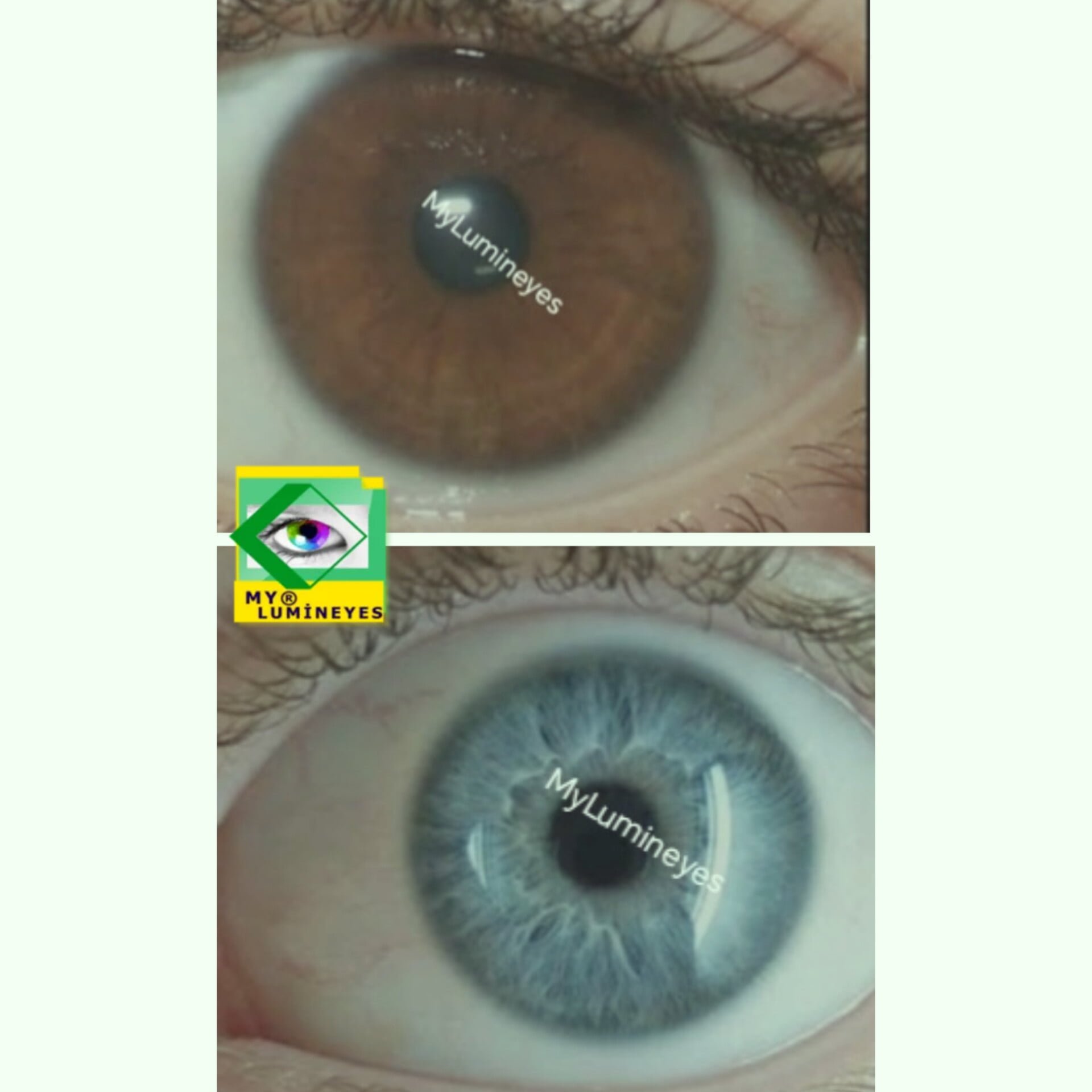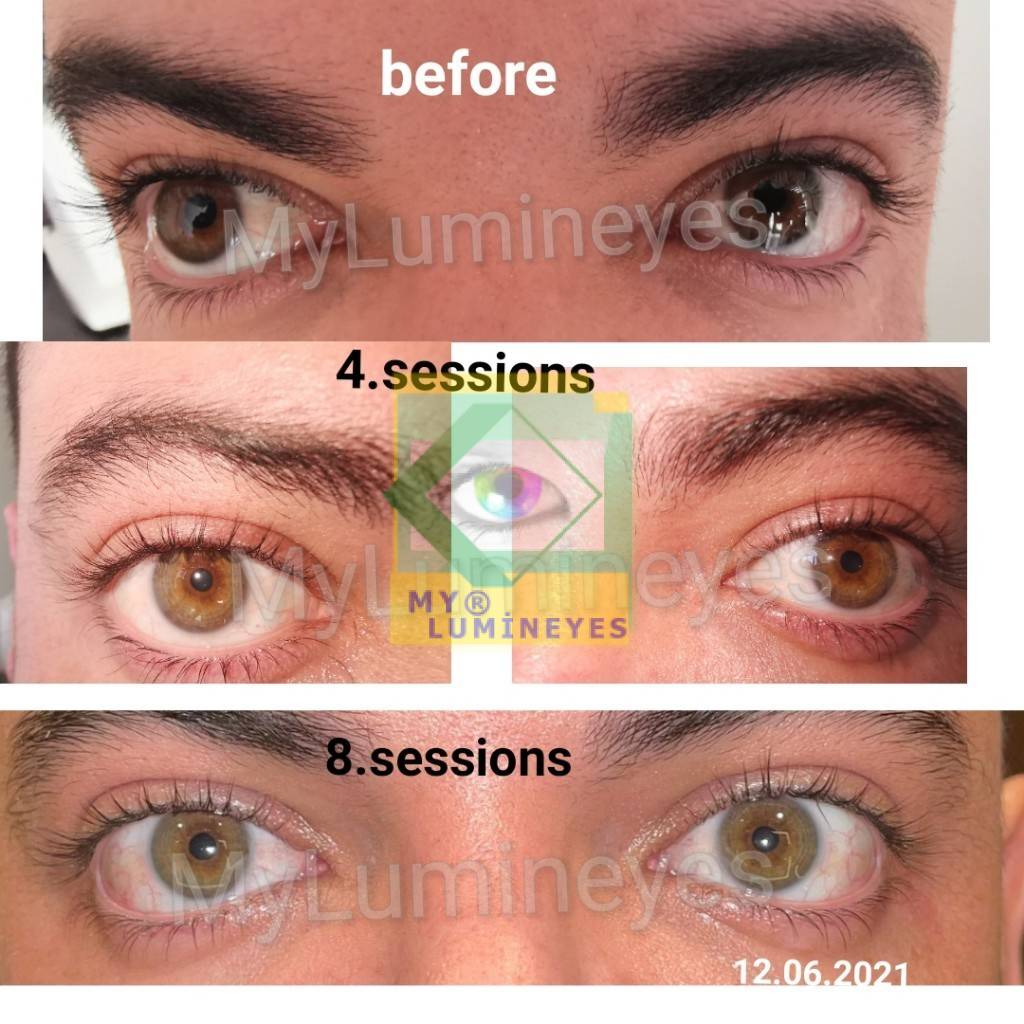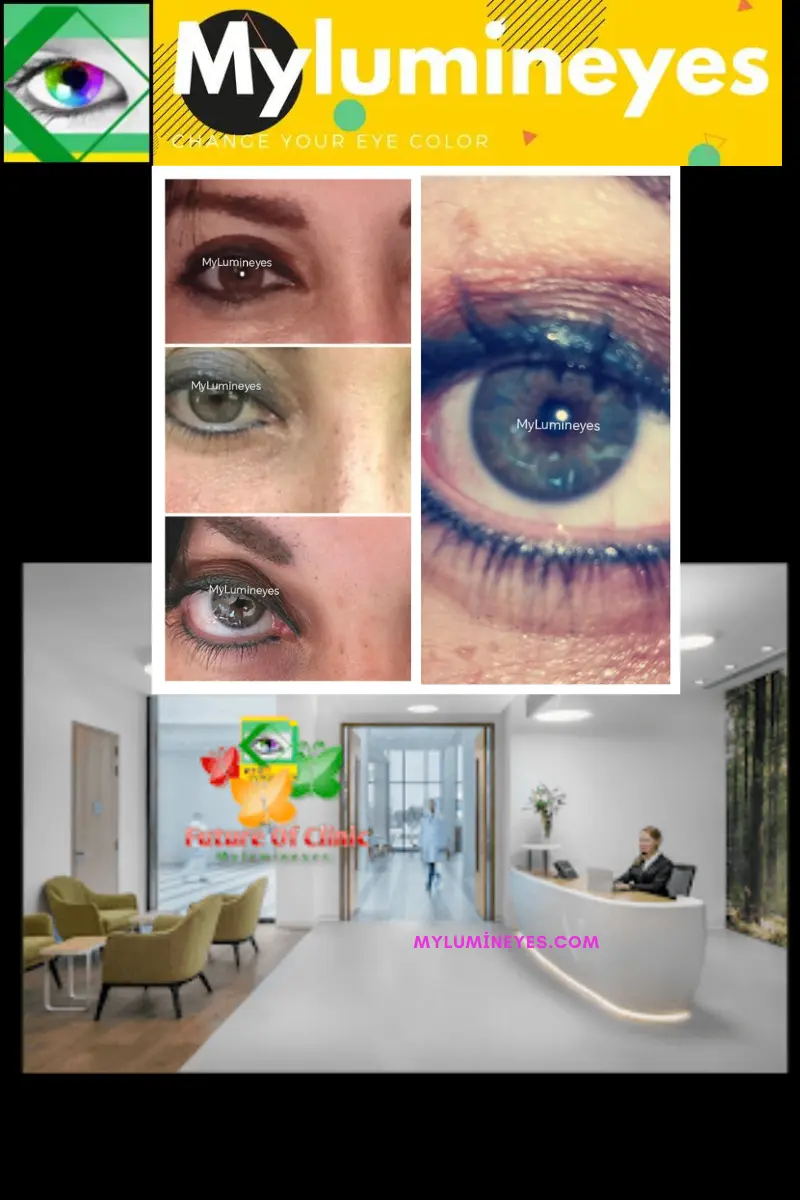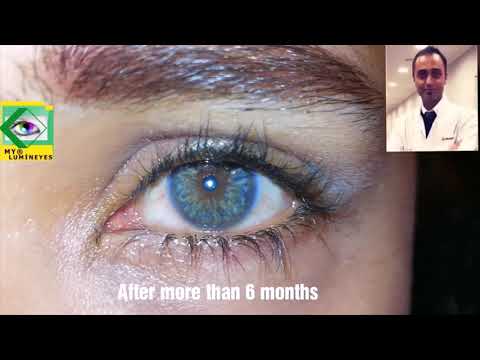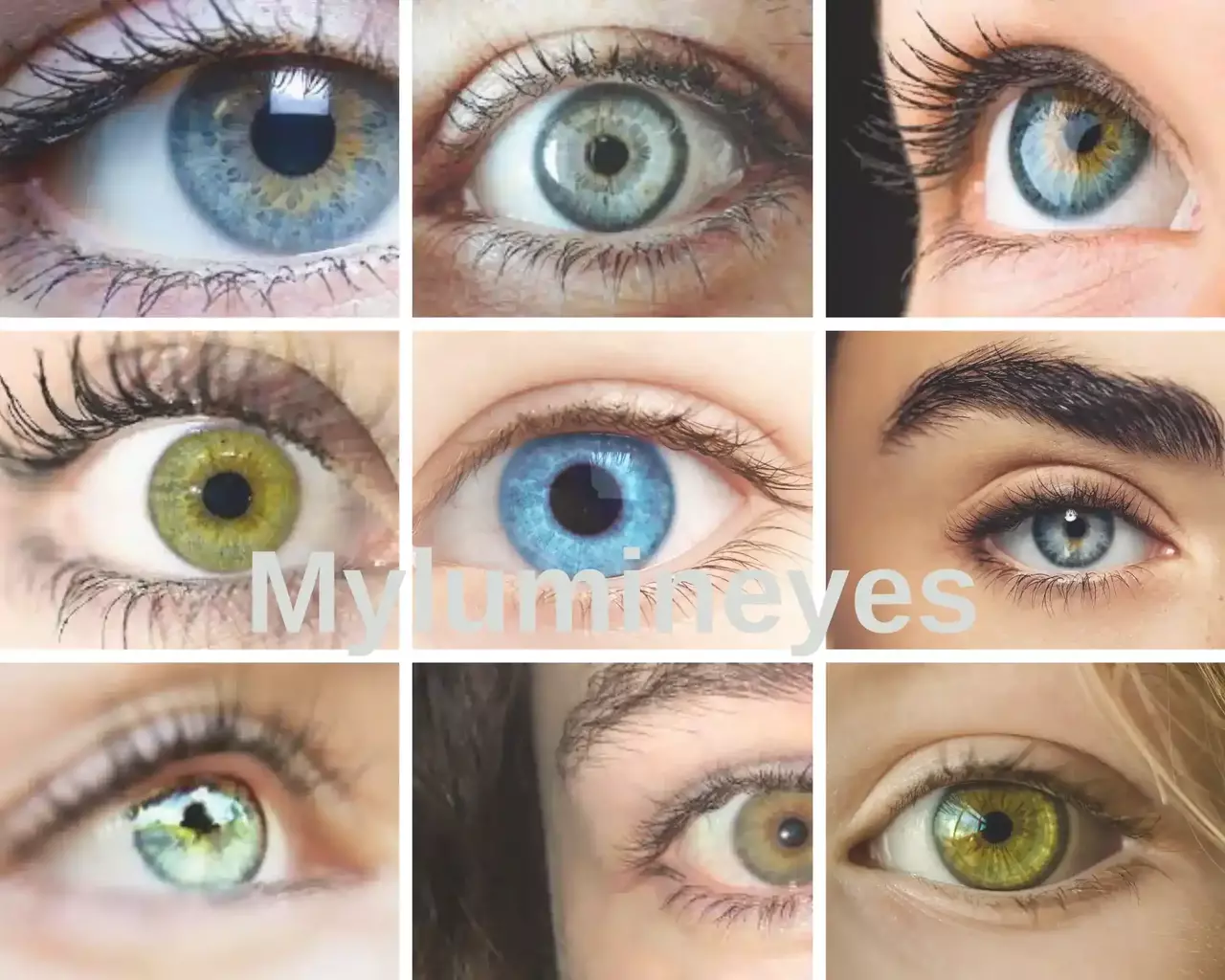Eye color changing surgery methods
Priority should be given to evaluating the professional qualifications and expertise of the surgeon when obtaining information about the financial consequences of undergoing safe eye color changing surgery. “The Lumineyes Laser Eye Color Change Turkey clinic” is widely regarded as an innovator in introducing eye color change on a global scale. No matter how much effort is expended, it is impossible to replicate the original. What surgical procedure is used to change eye color? Changing one’s eye color may appear to be an idealized concept, reminiscent of a perfect society, but it is important to note that this procedure has been performed safely for the past fourteen years.
The Lumineyes operation employs laser technology to change the natural color of a person’s eyes.
The Lumineyes operation is a ground-breaking approach that has transformed the area of eye color change surgery. It uses modern laser technology to safely and successfully modify the natural color of a person’s eyes. This revolutionary technique has received widespread acclaim and has been conducted successfully for over fourteen years, giving it a reliable alternative for people looking for a permanent eye color change.
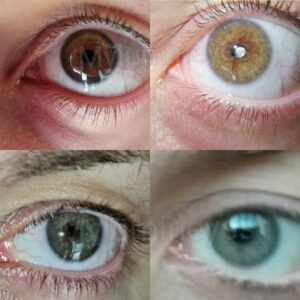
Best and most safe eye color changing Surgery procedure
Let us have a brief conversation: My Lumineyes, which uses an 8-G laser, is the best and most safe available option. In addition, corneal tattooing, also known as keratopigmentation, is a technique that may be utilized. Iris implant surgery is a medical procedure that modifies the eye’s natural color. Despite their ineffectiveness, the use of “eye color changing drops” has gained significant popularity. The Laser method is frequently regarded as the most efficient and secure method. The financial ramifications of a person’s natural eye color change are a common topic of inquiry.
The costs associated with this treatment are equally perplexing. Using implants and keratopigmentation techniques, it’s possible to change the color of the eyes artificially. “Safe eye color changing surgery by Lumineyes laser” is the only option for individuals who wish to change their eye color without using artificial means. Mylumineyes’ laser is a non-invasive, low-temperature temperature reduction method. This is the process by which brown tones gradually fade away. The final hue has a bluish-greenish or grayish tint.
There are numerous surgical procedures for changing the color of the eyes
These procedures include iris implants, where a colored artificial iris is inserted into the eye, and keratopigmentation, where a special pigment is injected into the cornea to alter its color. These surgical options should be carefully considered, as they carry potential risks and complications. There are three main ways to accomplish this task. Keratopigmentation, laser eye color change surgery, and iris implantation are three common ophthalmologic procedures.
The goal is to achieve a change in pigmentation, such as going from a brown hue to one that is green, blue, gray, or any other color. The three approaches will provide somewhat different results. The only procedure that supposedly is non-invasive and yields outcomes that are identical to natural eye color is called “laser eye color change”. The “Mylumineyes Laser Procedure” thus restores an individual’s eyes’ inherent beauty.
Unintentionally, others may perceive you as being inauthentic
This artificiality will surpass even the artificiality of colored contact lenses. The process of changing eye color through corneal tattooing, also known as keratopigmentation, is of interest to ophthalmologists. Keratopigmentation is an operation that employs a femtosecond laser. The process is made up of two main steps. Beginning with the eye, a tube is carefully dug out. This part also has a colored material mixed in with it.
When you tattoo the eye, it changes color permanently. People for a long time have used corneal tattooing to cover up vision problems or other problems with their eye that make them look bad.
Unfortunately, keratopigmentation laser surgery is characterized by a high level of invasiveness and is associated with a number of potential side effects.
In the United States, keratopigmentation procedures are generally estimated to cost between $5,000 and $12,000. Based on a thorough analysis of the advantages and disadvantages, we believe that this methodology could be improved in the future. Corneal Keratopigmentation surgery does not change the eye’s natural pigmentation, resulting in an artificial appearance. In fact, it creates a deceptive impression. Consider that the “My Lumineyes safe laser eye color changing process” employs an entirely natural method.
How is the color of an individual’s eyes changed using Safe laser eye color changing surgery technology?
The “MyLumineyes laser eye color-changing surgery process” removes the top layer of the iris, revealing the color below. Over the course of a few treatments, the laser will change the color of your eyes by stimulating and increasing this pigment. The procedure is accurate and safe, letting you get your ideal eye color while keeping them looking completely natural. The Lumineyes laser, developed by Dr. Mustafa Mete, allows patients to change their eye color without undergoing invasive surgical treatments.
In this method, the laser is used to stimulate brown or dark-pigmented iris cells, resulting in the removal of the dark-pigmented layer. The object’s brownish hue is due to the protective coating that covers it. The objective of the present technique was to modify the ocular pigmentation of individuals with heterochromia iridis, a condition characterized by the presence of different eye colors.
Lumineyes is currently used for aesthetic purposes, aiming to change the natural eye color to blue-green-hazel or gray tones.
Best treatment for changing the color of the eyes is known as MyLumineyes and involves the use of a Lumineyes laser. In contrast to the conventional Lumineyes method, a novel system has recently been developed that features enhanced productivity, enhanced security, and enhanced regulatory measures, in addition to its own unique characteristics. What methods are available for changing eye color? Using Mylumineyes, an exceptionally effective and secure solution, the task at hand can undoubtedly be accomplished with success. In addition, non-surgical methods for changing eye color necessitate a certain degree of skill. Unfortunately, the process is not comparable to purchasing a television from a commercial company.
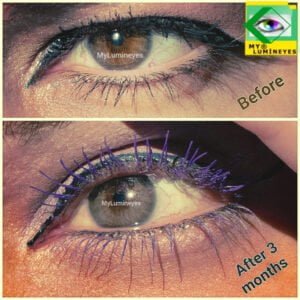
Turkey has garnered recognition for its significant economic influence and notable contributions to the field of laser eye surgery, establishing itself as a leading global authority in this specialized medical field. Where is the best location for a procedure for changing color of eyes? You should do serious research on the best eye color changing options. It’s not realistic to think that “safe eye color changing” will be easy. Medical professionals who have the practical knowledge to carry out this therapy properly are hard to come by. This fact needs to be recognized. Strangely enough, newly formed websites often lie about their ability to change eye color with lasers, leading people astray.
Please ask about the “lumineyes” method for safe eye color change.
These events make you think a lot and make you really want to learn. What is the underlying reason for the observed phenomenon of eye color variation? The submitted question demonstrates a very high standard of quality. For instance, the melanin coloration and circular shape of the iris, the center part of the eye, distinguish it. In order to maintain its structural integrity, the organism contains muscles that undergo contraction and expansion. So why do eyes change color?
When exposed to intense light, the pupil constricts, whereas it dilates under low-light conditions. When pupil dilation occurs, the chromatic pigments in the iris undergo compression or elongation, resulting in the perception of a different eye color than its actual appearance. In addition, there have been reports indicating that its ability to respond to emotions and moods varies. Similarly, products that claim to be able to convert, whether they are consumables or liquids, are frequently considered to be deceptive. Age places limitations on the extent to which an individual’s eye color can change.
How would one describe the color of my irises?
Can I obtain information about the visual properties of my ocular pigmentation? The amount of melanin produced by the body determines the color of an individual’s eyes. Melanin is responsible for the natural pigmentation of the eyes, hair, and skin. Additionally, melanin can be detected in the composition of nails.
The only factor affecting a person’s eye color, which can range from hazel to blue to brown to green, is their genetic make-up, which comes from their familial lineage. The iris, which is responsible for the eye’s pigmentation, displays a wide range of hues, from bluish-gray to completely black. Every individual contains both an external and an internal ocular organ. A significant proportion of individuals have brown pigmentation in the posterior layer of the iris. The predominant genetic tendency in humans manifests as brown eyes, which is also the most common eye color.
The colors that happen second most often are gray, then green, and finally blue. An interesting thing about a person’s appearance is their ocular pigmentation, which decides the color of their eyes.
There are many groups that can be made out of colors, and it looks like all of our visual systems are the same.
The process of determining one’s own eye color has the potential to foster a sense of self-satisfaction and pique interest in the vast spectrum of pigmentation seen in human eyes. It is crucial to understand that each person has a unique genetic code that determines their eye color. The pigmentation level in these anatomical components is essential in determining the color of the iris.
Individuals with blue irises possess a limited quantity of melanin in a specific group of pigment molecules. Individuals with green eyes generally possess a moderate level of melanin and a comparatively lesser density of pigment molecules. People with brown eyes usually have higher levels of melanin because they have more cells that make melanin. Most people have irises that are brown, blue, or hazel. However, a small percentage of people have an unusual eye color, either by chance or because of a medical problem.
Where and how to get your eye depigmented
There is no doubt that people do a lot of study online and find a lot of websites that are all about changing eye color. Also, people generally say things with a lot of force. There are also companies that have set up pages on popular social networking sites like Facebook and Instagram to ask people what they think about getting their eyes colored.
Even if these stories aren’t true or are meant to confuse, these companies usually act like they have first-hand knowledge of situations like these. We completely understand the situation you’re in. That person seems to be having cognitive conflict or being confused. It is a complicated and rare process to change the color of your eyes. The different shades of eye color, from brown to blue to green, might be because of the different amounts of melanin pigment in the melanosomes of the melanocytes that make up the iris.
Blue eyes are characterized by a relatively low number of melanocytes, which leads to a reduced amount of pigmentation.
The green-hazel eye color is due to a moderate level of melanin found on a comparatively low number of melanosomes. Nevertheless, the distinguishing factor between brown eyes and other eye types is the substantial buildup of melanin within a larger quantity of melanosomes. It is reasonable to assume that individuals with blue irises have first-hand experience with this phenomenon, despite the fact that the spectrum of blue eye color variation is vast. If a person exhibits these symptoms, it is advised that they always wear sunglasses to shield their eyes from the harmful effects of high levels of solar radiation.
The eyes which have a gray color
Occasionally, the perception of gray eye color as a lighter shade of blue is erroneous. However, upon closer inspection, elements of golden and brown pigments are discernible. When wearing particular clothing or in certain circumstances, the iris’s constriction due to pupil dilation can cause eyes to turn blue or green. Individuals with green iris coloring It is essential to recognize that people with genuine green irises are uncommon, as their presence requires a unique combination of numerous genetic factors and a precise concentration of melanin pigment within the iris.
Therefore, people with naturally green eyes may perceive themselves as belonging to a relatively uncommon demographic. If a person possesses this trait, it is possible for them to trace their ancestry to eastern and northern Europe. It is possible for individuals to have dark brown eyes or black irises as a phenotypic trait.

